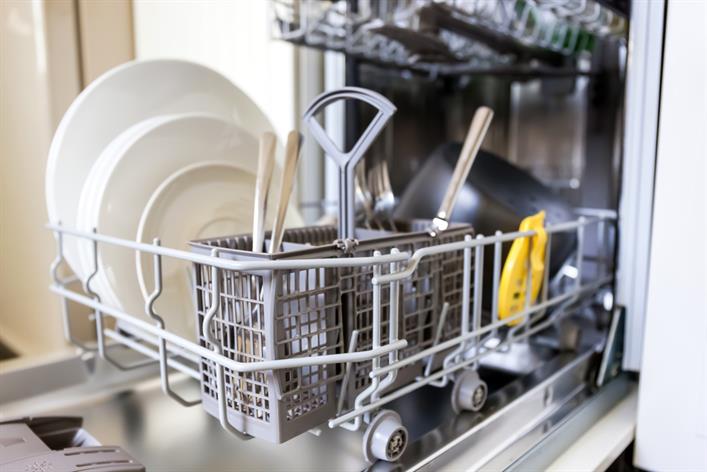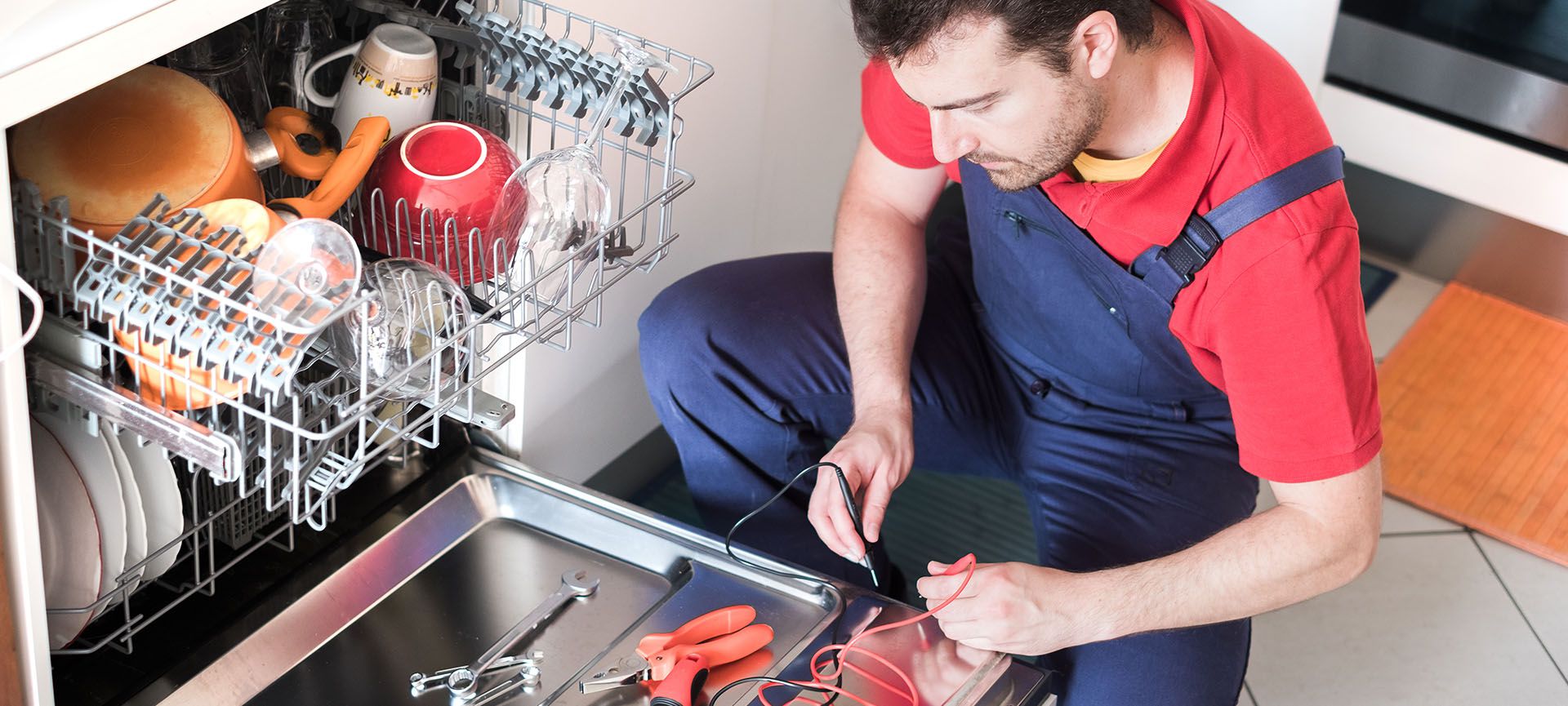Getting Ready for Dishwasher Installation: Six Important Steps to Take
Book A ServiceEvery person is bound to have their private notions with regards to How to Prepare for Your Dishwasher Installation.

Repairing a new dish washer into your house is no tiny joke, especially if you're ordering the device online. Of course, we suggest that you collaborate with your plumber due to the fact that they are professionals at dishwasher installation. And also, we've done this before so we can prevent little mistakes that can trigger a lot of discomfort in the long run.
The six hacks will make your dish washer setup as smooth as possible.
Find the electrical resource
Before welcoming your plumbing technicians over, ensure that there is a power outlet near to your favored dishwashing machine place. If there isn't, you may need to run a cord to that location. These small miscalculations can make or mar your experience, so you would succeed to examine in advance.
You can use this opportunity to check that your cooking area has an independent control to ensure that you can shut down the cooking area's power at once while appreciating power in the rest of your residence. This straightforward fixture can prevent multiple mishaps as well as save you some cash.
Make certain the components are complete
If you're buying a cheap dishwashing machine, possibilities are that the components aren't complete. You can inspect the details offered concerning the product to validate. If it isn't, you might need to go shopping for parts with your plumber. Look for an intake tube, a power cord and even a vapor nozzle.
There is a significant possibility of acquiring mismatched components, so speak with a person with a great deal of experience, in other words, your emergency plumbing technicians.
Examine your water shut-off valve
Your dishwasher will certainly have its own connection. It may be connected to your kitchen sink's supply, or it might have its very own fixtures from your primary. Nonetheless, you require to know that you can control the water that provides your new dishwasher.
While preparing for the setup, shut off all connections to the kitchen. This can prevent mishaps and also interruptions.
Checking your shut-off shutoff prior to your plumber gets here can additionally prevent you from unanticipated investings since you can not link a new dish washer to a malfunctioning shut off shutoff.
Also see to it that there are no cross connections that can prevent your dishwashing machine from fuming water.
TOOLS
Obtain the best dimensions.
It is very important that your dishwasher suits flawlessly with the remainder of your kitchen appliances. Prior to you put an order for the dishwashing machine, take a tape measure as well as step front the top of the kitchen table to regarding an inch off the flooring. This is an usual error many people make. If you gauge from the top of the table to the floor, your dishwashing machine might be an inch higher than the table when it gets here.
Likewise, take the projection right into account. European and American dish washers have various thicknesses, so always consult your plumber.
Review positioning.
The most effective area to repair your dishwasher is right beside your sink, or listed below it. The farther your dishwashing machine is from your sink, the much less useful the design. If you have any kind of visual objectives for your dish washer, speak with your plumber regarding them. Always interact with your plumber.
How to Install a Dishwasher: A Step-by-Step Guide
Pick the right dishwasher
Since a dishwasher is an investment, you'll want to make sure you're putting your money into something that will give you sparkling-clean dishes for years to come.
Noise level Cycle options, like express cleaning or rinse-only Efficiency (fortunately, virtually any dishwasher will save water over hand washing) Finish Don't rush this decision. Do your homework and pick the dishwasher that's right for you.
Get your old dishwasher out (if applicable)
Safety (and mess-avoidance) first: Turn off electricity to the dishwasher at your circuit breaker and turn off the water supply using the valve under the sink.
At the bottom of your dishwasher, you should see a front access panel. Take this off using a screwdriver.
Disconnect the wiring connections and the water supply. The latter will probably have water in it, so have a bowl and some rags handy. Disconnect the drain hose, too.
Now, detach the dishwasher from any anchor points. These are usually located on the underside of your counter and the adjacent cabinets.
Finally, reach under the bottom of the dishwasher. It has four leveling legs that keep it flush with the top of the counter. Using pliers, adjust those to lower the dishwasher so you'll be able to pull it out.
Before you give it a tug, put some cardboard (the box from your new dishwasher will work) or an old blanket down so you don't scratch up your floor.
Hook up water, power and the drain hose
If you didn't have an old dishwasher to remove and skipped that step, now's the time to turn off the electricity (at your circuit breaker) and water (at the valve under your kitchen sink). You might also need to drill holes in the cabinet between where the dishwasher will go and the area under your sink. This will let you run the power cord, water supply and drain hose through.
Position your dishwasher near the gap where it will be installed and take off the front access panel. Depending on where the connections are, you may want to carefully lay it on its back for easier access.
Electrical
Identify the wire connection housing. It likely has a cover you'll need to remove. Your dishwasher comes with a power cord -- thread the end you don't plug into an outlet into there. Connect the wires to the respective wires of the same color (e.g., green to green, white to white, black to black). Replace the wire housing cover. Thread the cord under your sink and plug it in.
Water supply
Your dishwasher probably came with a small, 90-degree fitting that connects to the back of the unit, letting the water supply line extend parallel to the back of the dishwasher. Attach that first. Then, connect the water supply line that your dishwasher came with from the valve under your sink, through the hole in your cabinet, to that piece on the back of your dishwasher.
Read the manufacturer's instructions. Many dishwasher water supply connections are compression fittings, but you might need joint compound to get a leak-free fit. Add joint compound, if needed, and tighten the water supply line to the dishwasher and to the water connection under your sink by hand. Then, grab a wrench and give them a quarter-turn for a tight fit. Don't over-tighten or you could strip the threads.
Get the dishwasher in place
Now, if you put the dishwasher on its back, carefully tip it so it's right side up. Slowly and carefully push it into the space under your counter.
You may want to have a second person pull the power cord, water supply and drain hose through the hole in your cabinet as you do this to ensure any slack doesn't get caught under the dishwasher. You can feed any excess back behind the dishwasher once it's in place.
Test it out
Before you do all the fiddly work of getting your dishwasher perfectly positioned and anchored, run a full cycle. Don't forget to turn the water and power back on first.
If the dishwasher turns on, great -- you at least got the electrical connections right. If it doesn't, you may want to call a local electrician to come help you out.
As it runs (and afterward), check for leaks. Tighten any connections as needed, working in small increments to avoid over-tightening.
Level and anchor it
Once you're sure the dishwasher is working like it's supposed to, grab some pliers. Use those to adjust the legs under the dishwasher so that it's flush with your countertop. Grab your level to confirm it's flat or you could run into problems with drainage.
Finally, grab the brackets it came with and use those to anchor the dishwasher to the underside of your cabinet and the adjacent cabinets.

I hope you liked our part on How to Install and Connect a New Dishwasher. Thanks for taking time to read our post. Enjoyed our write up? Please share it. Let someone else check it out. Thanks a lot for your time. Come back soon.
Quick solution? Call.